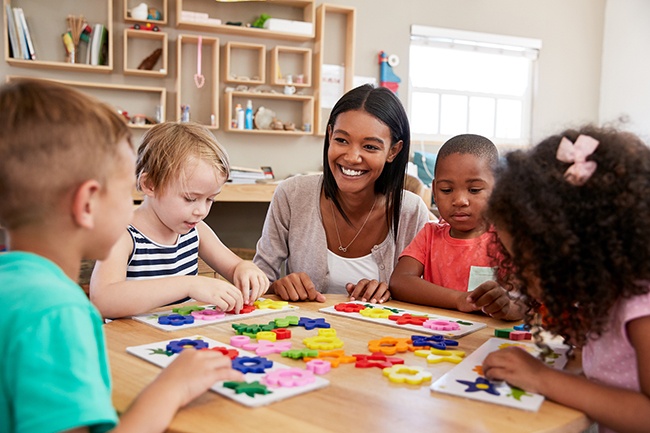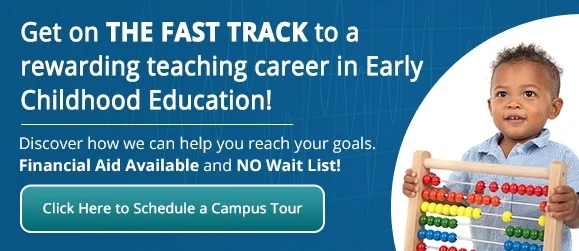Unique Materials To Use In Your Early Childhood Classroom
Posted On January 3,2018

While every informed educator would undoubtedly agree that a diverse and vibrant educational environment is best for the youngest students, they will not all necessarily agree on how that goal can be best accomplished.
In particular, the vast majority of traditionalists would argue that the fundamentals – reading, writing, and arithmetic should be emphasized – while other, less formalistic teachers, will take a more holistic approach.
In the latter case, the most forward-looking teachers are likely to include a variety of uniqueobjects and materials into their early childhood classrooms. They understand that stimulating every sense will develop the most well-rounded individuals.
Start Your ECE Process NowWith that thought in mind, they often introduce a number of different, non-traditional, educational materials. Here are just a few of the more notable ones that burgeoning students can focus upon:
Spatial Materials
All types of clay and other sculpting materials, paints and chalks as well as collage materials are excellent materials for stimulating the visual “eye” of your students. In addition, these 3-D materials will also help to reinforce the tactile feel of the child as they play with and manipulate the various substances. All in all, spatial materials serve to remind the child that they are intimately connected to the outside physical world.
Kinesthetic Bodies
Simple question – what child does not like to get physical with their surroundings? From simply lying around on bean bags through climbing around on nets to using actual gymnastic equipment like balance beams and trampolines, they love it. In this regard, students can be provided with a wide assortment of materials that not only challenge their bodies but also their minds. It is a fairly simple thing for a teacher to harness this natural energy if they will only include the right materials.
Tonal Models
With these materials. the easiest place to start is with percussion – the children’s hands, blocks of wood and tambourines are the most likely candidates. From there, students can graduate to making their own “instruments” made out of cereal boxes and paper towel tubes. More advanced students will graduate to karaoke – then solo singing – and performing on actual musical instruments. Amazingly, many students will be irrepressible in this manner and soon outdo the teacher in their musical abilities.
Nature-oriented
Without a doubt, children love to watch and interact with other living things. Entrusting them with the care of a plant or two is a great place to start. Then, they can move up to a terrarium with a lizard or a freshwater aquarium. Caged birds are the next step up and, ultimately, a free-roaming, class pet such as a ferret or iguana can be given into their care. The best, most dependable students can also be charged with taking an animal home and caring for it over the weekend.
Linguistic nodes
While books will always be the best way to promote this particular area of growth, the desire to read can often be stimulated with a variety of other non-traditional materials. For example, alphabet stamps and their magnetic cousins, writing implements, as well as dolls that speak in different languages are all fantastic ways to introduce the youngest students to the world of literacy.
By including some of these types of unique materials in your early childhood classroom, you not only provide a more compelling environment for your students but also make the day more interesting for yourself. For more information on them, please contact us at Athena Career Academy. Find us online at AthenaCareers.edu or reach us directly at 419.329.4075.
